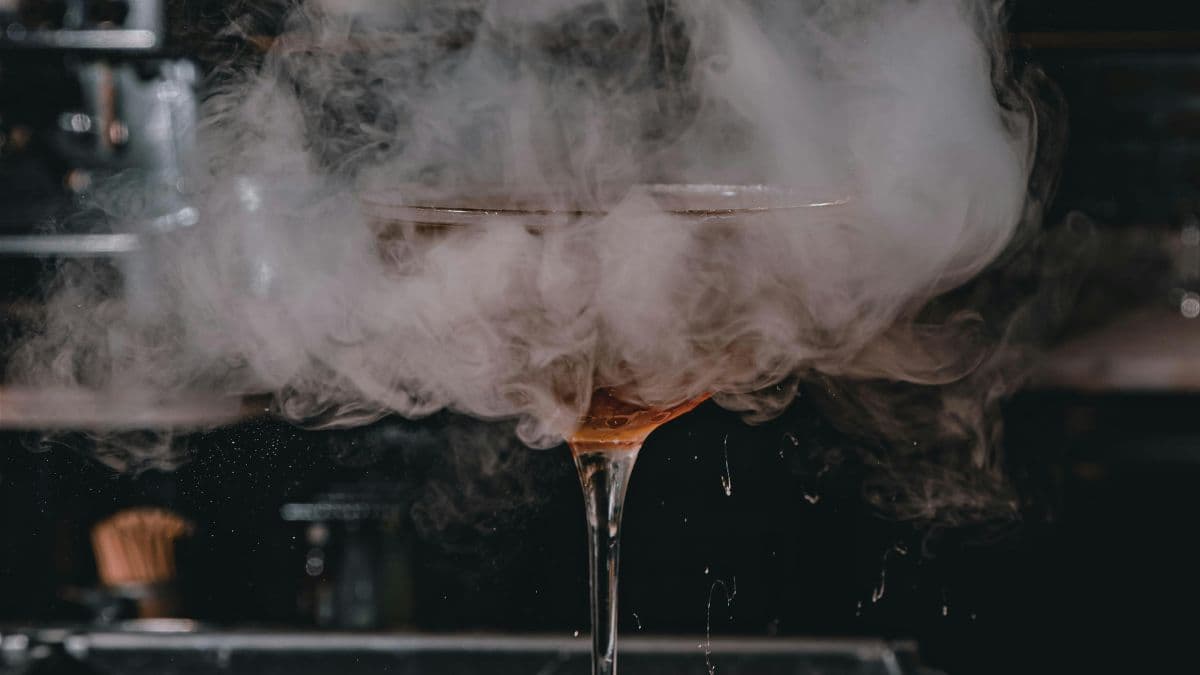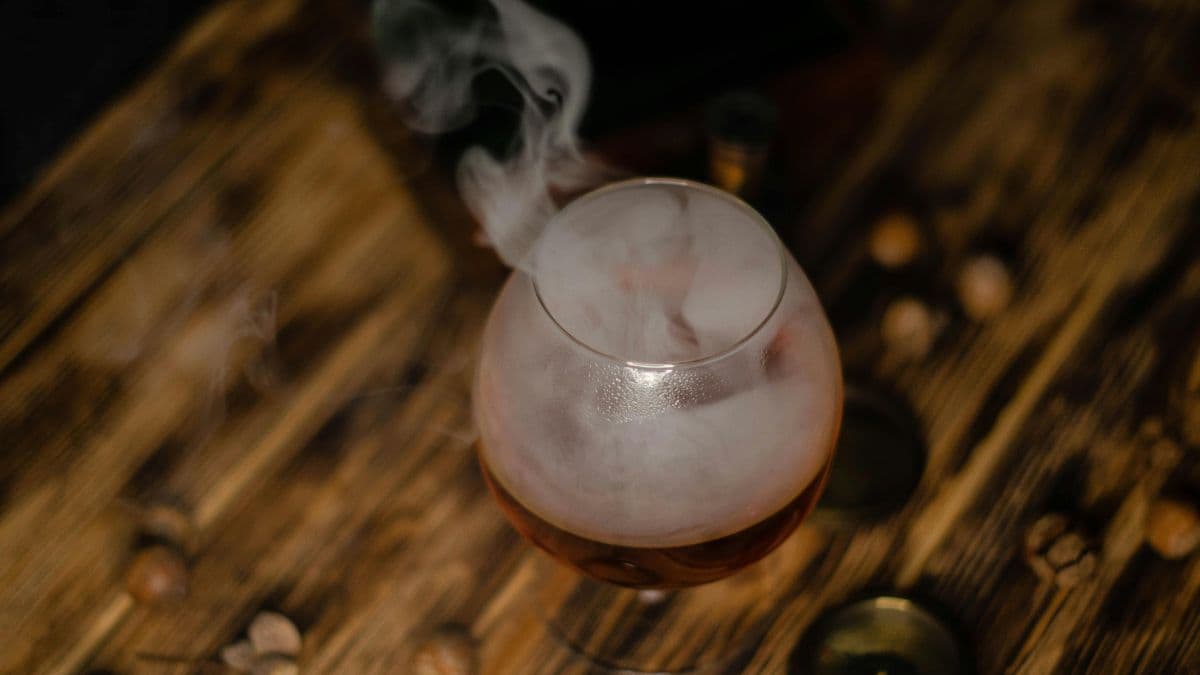What Makes A Whisky Peaty? Here’s All You Need To Know About The Style

Through centuries of whisky distillation, master whisky makers have come up with numerous ways to craft the spirit. Look at a whisky menu at a bar and one would be able to spot at least 2-3 different types of the spirit. There is always the blended Scotch, which is quite well-known, and the single malt which is popular for its traditional production processes and even the bourbon, which is crafted using at least 51% corn. And then there are the subtler nuances in categorising whiskies: while some are described as fruity and spiced, others are often identified as peaty and smoky.
What Exactly Is The Peated Whisky?
One of the reasons peated whisky stands out is because of its very distinct flavour. It is a spirit which carries pronounced smoky notes and is often made using peat, which is a substance found particularly in Scottish landscapes from where this flavour originates. Dive deeper, and one would realise that adding peat to whisky making processes is in fact a traditional distillation practice that goes back centuries.
Peat smoke is a very crucial aspect of such whiskies, it defines the flavour and aroma of the spirit, such that including peated malt even as a small portion in the overall mash bill can dramatically elevate the depth and character of the final aged liquor. What’s more, there is a range of flavour possibilities within peated whiskies too. In fact, peaty notes can be anything from a distinct briny saltiness to robust and earthy. Several smoky nuances can emanate as a result of introducing peat into whisky making, leading to greater flavour possibilities.

Malting Is Where The Peat Happens
While peat blocks are traditionally used for distilling whisky, it is actually the peat smoke which interacts with the spirit during the malting process. Malting involves soaking barley so it germinates before it is dried to preserve some of its essential compounds. The drying process is where the peated smoke comes in.
Generally, barley is dried by using smoke from burning peat and it ends up absorbing that smoke, picking up on all different kinds of deep and earthy aromas. Different levels of peat smoke can be absorbed by the whisky which in turn determines how smoky the whisky itself could be.
Traditional distillers continue to follow a similar process, and connoisseurs who are well-acquainted with different types of whiskies can actually tap into the peaty notes of a particular blend to identify where it comes from. This is because peat not only reveals the provenance of a region, but it also shifts the flavours and aromas of the final spirit, depending on how well the malted barley is incorporated into the making of the whisky.

The Flavour Of Peated Whisky
Smoky, peated whiskies are an excellent choice for an amateur to explore the realm of whiskies more deeply. Peated whiskies are more complex and layered, are multidimensional and enable a novice to identify what whiskies can actually offer in terms of deeper, developed flavours. In fact, different types of peated whiskies can bring forth different tasting notes, depending on the regions in which they were distilled:
– Earthy and woody peated whiskies are those produced in regions with much greenery
– Salty and briny peated smoke is characteristic of whiskies produced across Scottish coasts
– Sweet and smoky whiskies are good beginner-friendly options in which the malt style of the Lowland Scotches produces more vanilla-like flavours

How Ageing Changes Peat
Once the whisky is distilled and transferred into barrels for ageing, the peat smoke within undergoes subtle changes such that the more pronounced notes soften slightly to integrate with the wooden casks’ vanilla, caramel or fruity tones.
The period for which the whisky is aged also has a role to play in determining the effect of ageing on peaty flavours. A younger whisky often has more pronounced peated notes, whereas an older one tends to be rounder, more balanced and layered such that the smoke weaves through all the other flavours in the spirit.
Such peated whiskies can be served by themselves at a tasting experience to explore their full flavour. They can also be presented with a splash of water to open up hidden layers of sweetness and spice. Adding smoky, peated whiskies to classic cocktails like an old fashioned or whisky sour has the effect of introducing a smoky intrigue and complexity in the blends.

Key Takeaways:
- Peated whisky carries pronounced smoky notes and is often made using peat, which is a substance found particularly in Scottish landscapes.
- Peat smoke in whiskies lends them flavour and aroma, dramatically elevating the depth and character of the final aged liquor.
- Different regions produce different kinds of peated whiskies, such as earthy and woody or briny and salty, reflecting the provenance of the Scottish landscapes where the spirit is produced.
FAQs
How does peated whisky acquire its peaty, smoky flavour?
Peat smoke is introduced into whisky to lend it a peaty character. This happens during the malting process when the germinated grains are dried using this peat smoke.
Which are the flavours that can be introduced into such a peated whisky?
Depending on the peat smoke, peated whiskies can either be earthy and woody or briny and salty or sweet and smoky.
Does ageing affect the peaty flavour in whiskies?
Absolutely. Ageing whiskies for a shorter period leads to more pronounced peated notes, whereas whiskies aged for a longer time have more rounder, balanced smoky flavours which integrate with the other tasting notes of the spirit.
*All cocktails listed use 30 ml liquor measurements for single serves. Drink Responsibly. This communication is for audiences above the age of 25.


